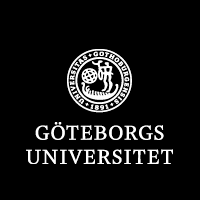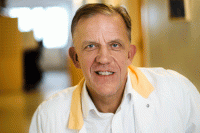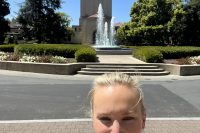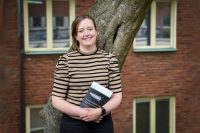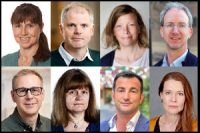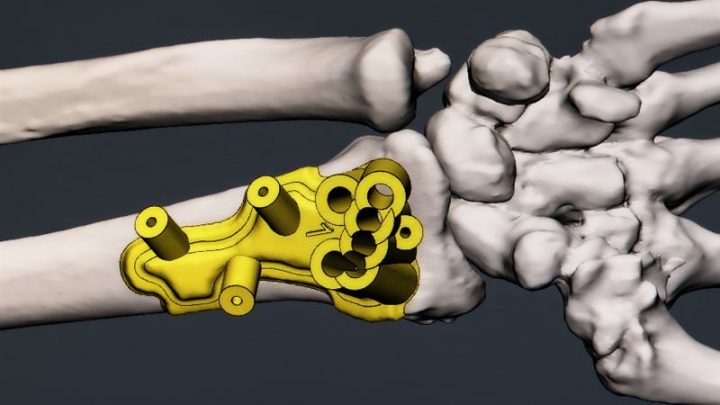
GRANTS. Surgeries on malunion wrist fractures and children’s malformed forearms are planned using standard X-ray images. These provide the surgeon with relatively little information, leading to unpredictable and prolonged operations. A grant from the IngaBritt and Arne Lundberg Research Foundation will be used to purchase an apparatus for virtual planning of wrist operations–a method that Professor Anders Björkman at Sahlgrenska Academy in Gothenburg is now developing to simplify surgery in such cases.
In Sweden 60,000 people a year break their wrist. It is the most common fracture of all. In many cases the patient requires surgery to put the fracture in the correct position. Babies born with a malformed forearm make up another group of patients, including those coming from throughout Sweden to hand surgeons in Gothenburg. The treatment they receive often involves sawing apart improperly grown skeletal parts and screwing them together in a different position to allow them to continue to grow in a way that provides the best appearance and functioning for the baby. Both groups of patients require complicated surgeries. Patients who have broken a wrist sometimes have persistent problems in the form of pain and impairment because the wrist does not heal properly, despite treatment and follow-up.
3D images and models of skeletal parts
Surgeons plan wrist operations based on regular X-ray images. These provide surgeons with very little information about what they will encounter during the surgery and whether the planned correction actually can be performed and is the right procedure. New technologies are changing that. Working with his team, Anders Björkman, a professor at Sahlgrenska Academy at the University of Gothenburg and chief physician at the Hand Surgical Clinic at Sahlgrenska University Hospital, has enhanced the technique of virtual planning of wrist operations.
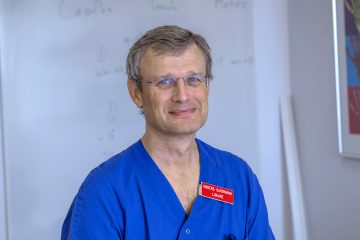
“We create three-dimensional (3D) images in the computer and, as part of planning, conduct the operation in the computer before it is done on the patient. The operation can be repeated any number of times in the computer until we are satisfied. In addition, physical models of the skeletal parts to be operated on can be 3D printed, which allows the surgeon to know exactly what they look like and how to plan the operation accordingly,” says Björkman, a professor of hand surgery at the Institute of Clinical Sciences and chief physician at Sahlgrenska University Hospital.
Simpler and faster
When using the computer to prepare, the team also creates aids that further improve the precision of the operation. The 3D image allows the surgeon to determine how and where to saw, drill, and screw in the skeletal parts. Then a template is created, precisely designed for each patient and operation. The 3D template is printed and applied to the skeleton during surgery. It shows the surgeon exactly where to drill and saw to achieve the result planned with the computer prior to surgery.
“The template fits only where it is intended to be used, so the operation cannot go awry. This makes it much simpler, as a surgeon, to be successful. The operation becomes much more accurate and goes faster. For example, you do not need as many X-rays during surgery to be able to assess the work and prepare the next step. Previously, this type of operation could take many hours. With the virtual planning and printed templates, everything goes place much faster.”
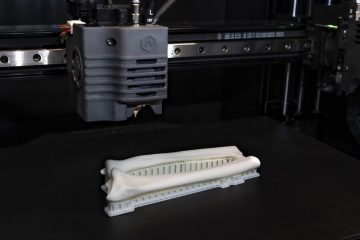
The whole process will soon be in place
In some cases, the hand surgeons at Sahlgrenska University Hospital have been able to send X-rays to a company in Belgium that uses them to create and supply digital 3D images. But this costs a lot and takes a long time, so it has been used very sparingly. The clinic in Gothenburg has had new technologies for some time that now make it possible to create the 3D images there.
Anders Björkman and his colleagues currently are making the 3D images and doing the planning. Then the digital planning files are sent to a company in England that prints the templates. They need to be made of a special plastic approved for use during surgery. The SEK 500,000 grant from the Lundberg Research Foundation will be used to purchase a special 3D printer that will now allow the team to carry out that part of the process locally.
Great benefit for many
The method is now being analyzed in two parallel research studies. One compares models and aids created from 3D images purchased by the company in Belgium with the corresponding material created from 3D images made at the clinic. The other assesses the printed templates made from the 3D images produced at the clinic that are used in surgeries.
“We want to show that both the models and the operations carried out are as good when we use our own equipment–at one-fourth of the cost–as when we buy them from Belgium.
Many people already have expressed interest in the new method and want to visit to see it and learn from it. In addition to hand surgery, other areas of expertise can greatly benefit, such as facial operations where the skeleton is very complicated. Anders Björkman believes that when the studies have been completed, more clinics and regions will start to use virtual planning because it benefits both patients and hospital budgets.
BY: LUNDBERG RESEARCH FOUNDATION
PHOTO: MAGNUS GOTANDER
